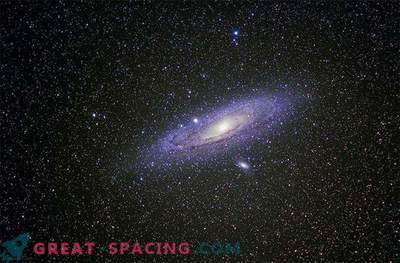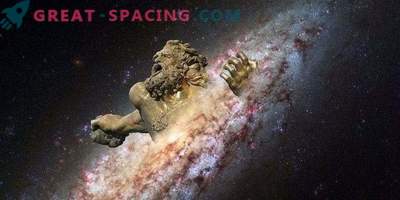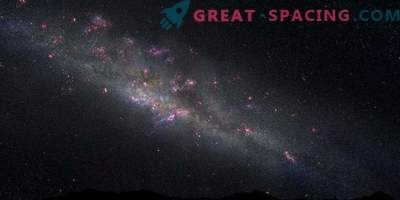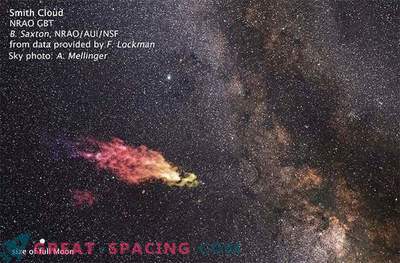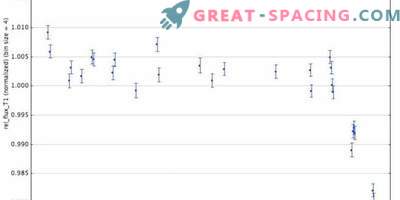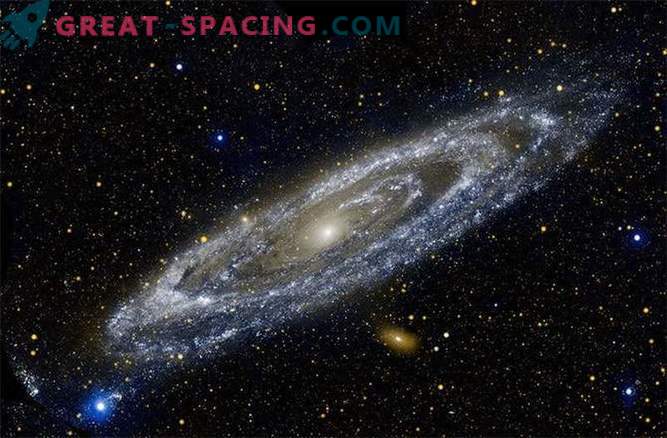
The Andromeda Galaxy, located closest to our Milky Way, is surrounded by a massive halo of hot gas, whose circumference reaches several million light years.
The Hubble Space Telescope stumbled upon this find, after a detailed analysis of archival data received from distant quasars.
“Such halos are, in fact, the atmosphere of galaxies. The purpose of these gaseous halos is to control and adjust the speed at which stars form according to the galaxy formation model, ”says Nicholas Lehner of the University of Notre Dame.
The detected size of this halo suggests that its total mass is about half the mass of all the stars in the Andromeda galaxy and is actually 1,000 times larger than previously thought. Scientists from the Lehner group claim that this gas halo was formed at about the same time as the galaxy itself and consists mostly of heavy elements.
These heavy elements most likely appeared during the period of supernova activity, when massive stars exploded, throwing into space a mass of such elements that formed under a cosmic wind into a huge cloud - the halo of the Andromeda galaxy. Scientists believe that almost half of all heavy elements generated by supernovae during the entire life cycle of Andromeda can be found in this halo. It is also interesting that our galaxy also has its own gas cloud surrounding the Milky Way and, based on its size and new data obtained regarding the halo of the Andromeda galaxy, it can be assumed that both of these gas formations are already in close contact, and mixing galactic material. It has long been known that both galaxies are moving towards each other, and after about 4 billion years their contact and mixing should occur. Thus, the understanding of the dynamics makes it clear that, in fact, the contact has already happened, but so far only at the halo level.
The study of quasars greatly helped in this discovery and understanding of the halo size of the Andromeda galaxy. Over the past 5 years, Hubble has accumulated a huge amount of data on quasars located in the direction of the Andromeda galaxy, and this allowed scientists to conduct a more in-depth analysis. Since the gas halo is dark, it was possible to detect it and calculate the volume due to the analysis of the glow of quasars, darkening, passing through this cloud.
“By measuring the changes in brightness in some ranges, we can determine with high precision how much of such a hot dark gas is located between us and the analyzed quasar,” said study co-author J. Christopher Hawke of the University of North Dame.
